Olive oil is delicious when used for drizzling over veggie or making salad dressings, but some claim that it is not always the best choice when you are cooking, especially when you are cooking over high heat. However, recent studies show that olive oil is actually fine to cook with, and that it does not actually break down into any dangerous compounds as previously reported.
Rebecca Blake, R.D., director of clinical nutrition at Mount Sinai Beth Israel in New York City stated, "I have found no evidence that high-heat cooking with olive oil is unhealthy. There's no proof."
There have been numerous recent studies that demonstrate that olive oil is more heat resistant than other types of plant oils, including sunflower, corn, and soybean oils. While all oils do break down when heated, some may develop harmful compound at high temperatures.
Fortunately, the high levels of antioxidants found in olive oil make it more resistant to the changes that occur in other types of oils.
Even though olive oil has been found to be safe to cook with, it is important that you use it correctly. Here are several things that you need to know about olive oil.
1. Use the right olive oil for the task.
Although extra virgin olive oil is best for drizzling and making dressings, it is not the best choice for cooking. Extra virgin olive oil has the strongest flavour and works best when sautéing foods. Virgin olive oil, made from the second pressing of olives, is milder in flavour and works well when sautéing over medium heat or using a frying pan.
Pure olive oil is not pure at all, and has less flavour than extra virgin or virgin options. This type of olive oil works well for baking, roasting, and deep frying.
Light olive oil isn’t lighter in fat or calories, and is the least desirable option for cooking. Light olive oil is made from a combination of virgin and refined oils, and does not contain the nutrient or benefits of virgin and extra virgin varieties.
2. Avoid reaching the smoke point.
The “smoke point” is the point at which oil begins to break down into other compounds. Different types of olive oil have different smoke point. Here are some general guidelines for the different varieties:
Extra virgin: 375 to 405°F
Virgin: 390°F
Pure: 410°F
Light: 470°F
When oil reaches the smoke point, it is unclear whether or not it could become harmful to your health. Blake elaborates by explaining that when oil is heated beyond its smoke point, nutrients are reduced and unpleasant flavours may begin to develop, which can affect the flavour of the dish you are preparing.
3. Know the other choices available.
Despite the fact that olive oil is generally healthy and quite delicious, it is not always the best choice when cooking. Because of the relatively low smoke point, olive oil may be more likely to change in flavour when you are cooking, especially with high heat.
If you are trying to sear meat, you might be better off using a different oil. Blake states, "If you're cooking with high heat, you want to use an oil with a high smoke point. Corn oil, soybean oil, peanut oil, and sesame oil are all very good."
Understanding the different types of olive oil, and what they are best used for, can help you prepare tastier and more nutritious meals in your kitchen. Olive oil is perfectly safe to cook with, but know your other options, too.

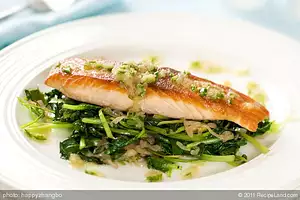

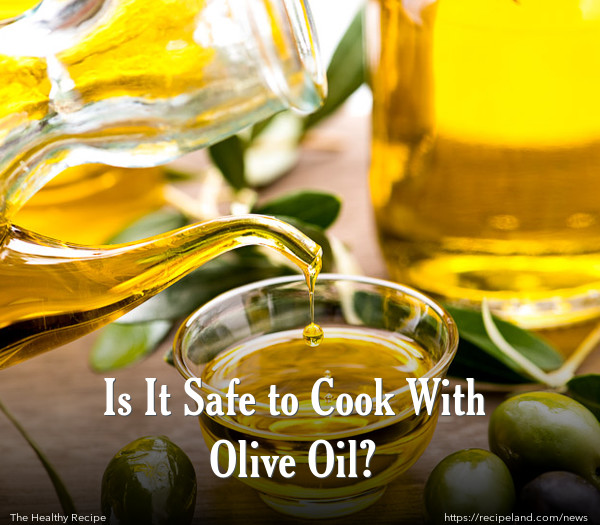
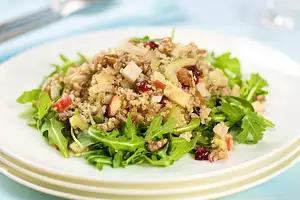
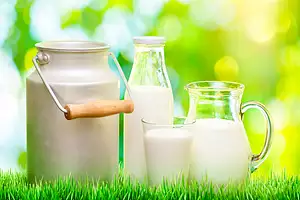
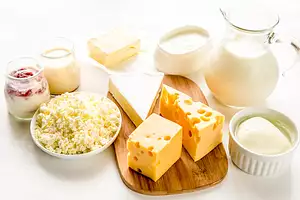

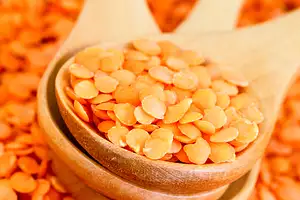

Comments